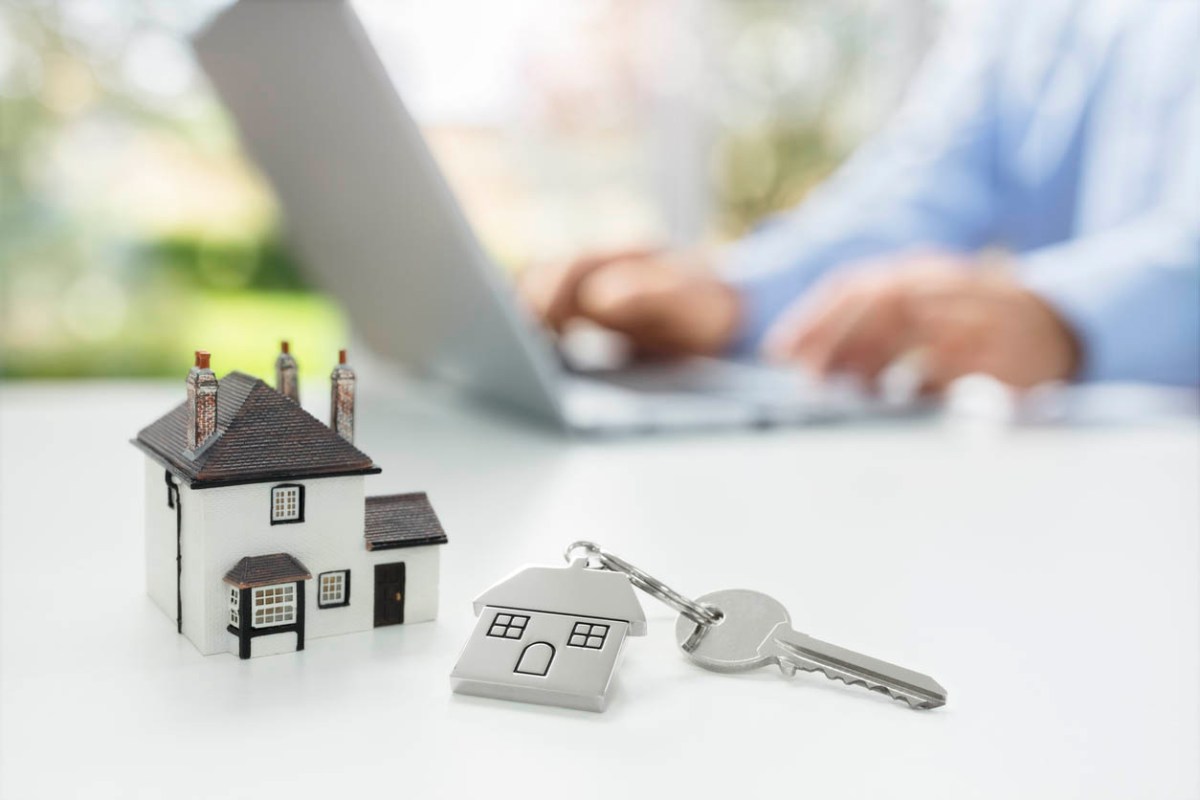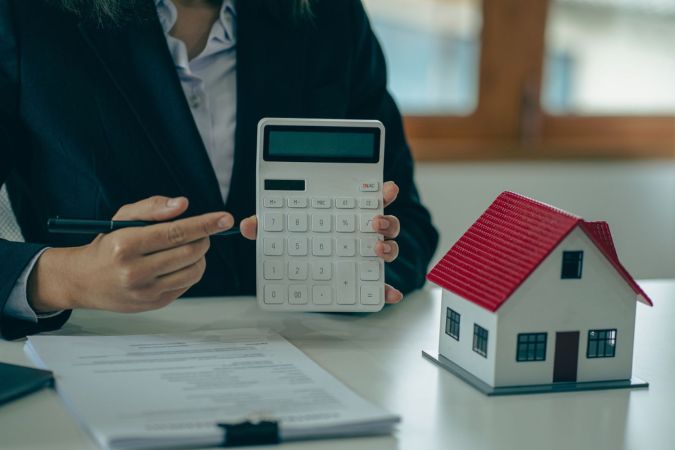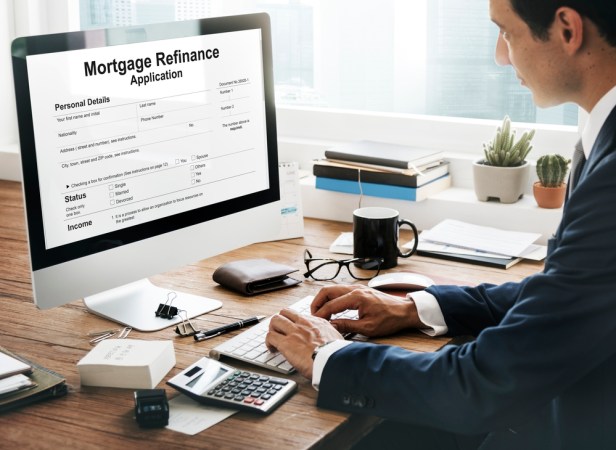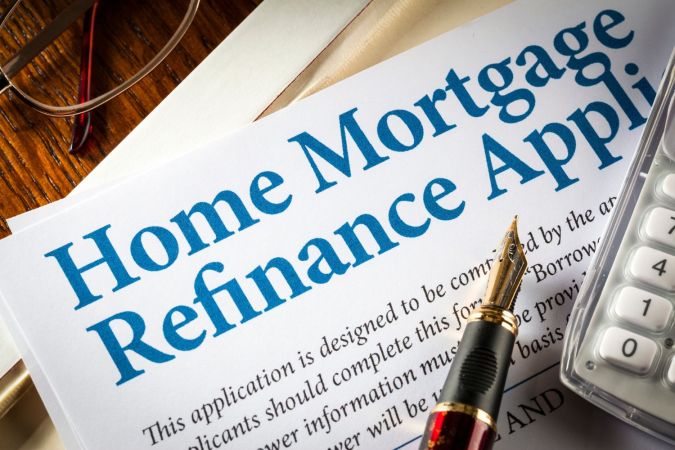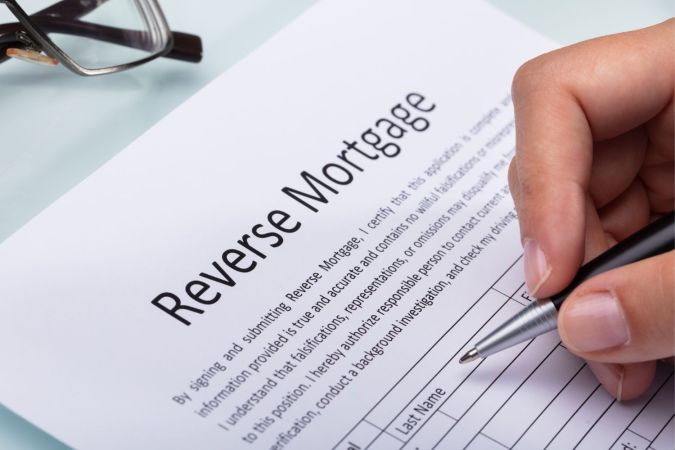We may earn revenue from the products available on this page and participate in affiliate programs. Learn More ›
Q: I know what style and size of home I’d like to buy, and roughly which neighborhoods I’m interested in, but after trying an online mortgage affordability calculator, I’m worried that my budget may not stretch to get the house I want. There are so many components that go into mortgage approval and home budgeting—how much house can I afford, really?
A: This is a great question, and you’re certainly not the first to run into it. Home buyers, especially first-time home buyers, quickly discover that purchasing a home is a complex combination of emotion and finance, and when you put those things together, the answers aren’t always what you want them to be. For most home buyers, the question isn’t so much “how much home can I afford” as it is “how much mortgage can I afford,” because very few home buyers can purchase a home outright with cash, so the mortgage will be the first determining factor in the house you can afford. The process of assessing your financial situation to create a realistic picture of how much you can afford to spend on a house will require learning a little more about the process, as well as an honest assessment of what you can spend while leaving enough cushion to live your life.
There are four primary factors that determine how much house (or how much mortgage) you can afford: income, cash reserves, debt, and credit health.

Many home buyers try to guess how much they can afford for a monthly house payment by using an existing rent payment or a too-simple online home mortgage calculator. Those are decent places to start, but monthly expenses are more complicated than that. There are four components that will determine a full financial picture. Income is the first and most obvious element. The amount of cash coming in each month is the starting point for any calculation, as it’s the finite number; short of dipping into some kind of secondary credit (which is not advisable), the amount of money coming in is the amount of money that’s available to go out to cover any and all expenses each month. The next component to consider is savings, or cash reserves. This amount can be used to reduce the amount of the mortgage by increasing the down payment on the home, or to hold back as an emergency fund for repairs or mortgage payments in the event of a job loss. Debt is also important to consider, because the buyer will still need to make payments on things like student loans or car loans in addition to the mortgage loan, and lenders may be wary of giving loans to buyers who have a great deal of debt. Finally, the buyer’s credit health will play a role in how much money a lender is willing to provide for a home purchase; generally, buyers with poor credit will have a harder time finding a loan and may have a much higher interest rate than buyers with good or excellent credit.
It’s generally not advised for buyers to spend more than 28 percent of their gross monthly income on housing expenses.
Buying a house is expensive, but so is living in one. Homeowners need to be able to furnish their homes, maintain and repair them, and pay for utilities and insurance. But they also need to have enough money for food, clothes, car payments, health care expenses, childcare expenses, and more. The usual requirement is that the monthly payment on a mortgage, which includes a portion of the loan principal, interest, taxes, and insurance (sometimes referred to as the PITI) must be less than 28 percent of the borrower’s gross income. That’s why most lenders won’t approve mortgages that will result in payments that will exceed this amount and why it’s so important for a home buyer to accurately estimate what their expenses will be. It’s better to choose a home that will be manageable to live in than a home that may fit a preconceived image of the “dream home” but will require a constant scramble to afford and maintain.

For most buyers, the amount of house they can afford depends on how much a mortgage company is willing to lend them.
Most people do not have enough money in savings to buy a home outright. Even home buyers who are selling a home in which they have a lot of equity typically don’t have enough to purchase a home entirely in cash, unless they’re significantly downsizing. Because of this, most home buyers choose a home loan lender and take out a mortgage loan to help buy their house. This means that the amount of house most people can buy depends on the lender’s assessment of the borrower’s financial situation and how much money the lender is prepared to offer as a result. In addition, a lender will consider the home’s value, typically through an appraisal. This helps determine whether the home’s price compares to other properties in the neighborhood, which is important because the lender needs to protect its financial outlay in the event that the borrower defaults and the house needs to be sold to recoup the lender’s loss.
Lenders determine mortgage amounts and interest rates based on a wide variety of factors.
How do lenders decide which loan applications are good risks and which are not? First, lenders begin by assessing the borrower. They’ll carefully examine the borrower’s gross income and credit score, which will provide a picture of how much money the borrower has to work with each month and how well the borrower has managed their money in the past. A good credit score (usually 620 or better) tells conventional lenders that a borrower has handled their debts and obligations responsibly. This doesn’t mean the credit report needs to be blemish-free. Many borrowers have small problems in their credit history, but if the overall score is solid, they’re more likely to get a loan, and there are several programs in place to assist buyers whose credit problems are more significant.
Next the lender will examine the borrower’s debt-to-income ratio (DTI), which is the total of all of a borrower’s monthly debt payments divided by their monthly gross income. This formula includes only debt, such as personal loans, student loans, and credit cards. Generally, lenders want to see a DTI that is lower than 45 percent, and calculating that number will help the lender decide how much the borrower can afford to comfortably pay each month. They’ll examine any liabilities, such as liens on income or properties, and additional assets that could potentially add income if necessary. Finally, the lender will take the amount it feels it can safely loan, based on the above criteria, and consider how much the desired property costs and how much the borrower can offer as a down payment. The loan amount and the down payment together will be the maximum cost of the house a buyer can afford to purchase.
This doesn’t mean that the lender will always offer the maximum a borrower could potentially pay. The information on a credit report comes into consideration; if a borrower has struggled to keep up with debt payments in the past, a lender might offer less than the maximum. Interest rates will be adjusted similarly. The interest rates are based on a prime market rate, but how much the lender chooses to increase the rate for an individual borrower is directly connected to the lender’s confidence that the borrower will successfully make their payments on time. The greater their confidence, the lower the rate. Borrowers that lenders view as higher risk will be assigned higher rates to protect the lender’s investment.
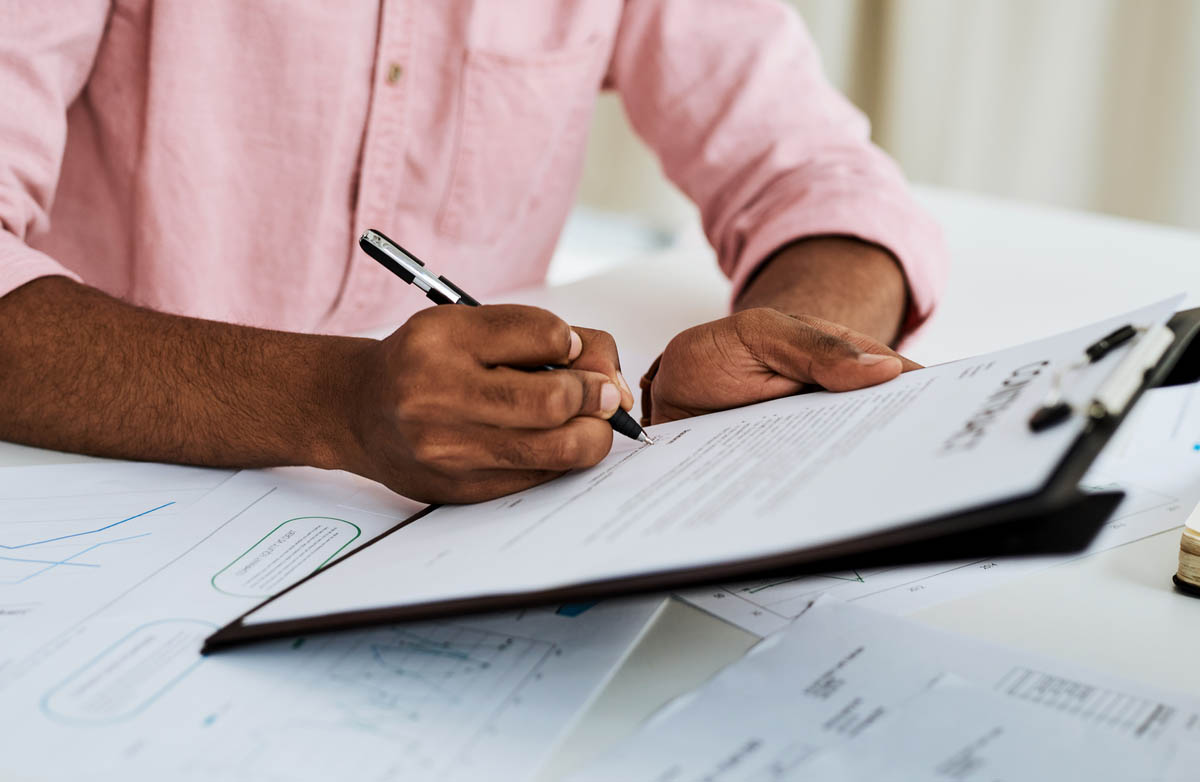
Each type of mortgage differently affects the down payment requirement, and thus how much house you can afford.
Mortgages are not one size fits all. Conventional mortgages, which are what most people think of when they hear the word, are aimed at well-qualified buyers with good or great credit. Because of that great credit, conventional mortgage borrowers can put down as little as 3 percent of the home price and still be offered a low interest rate—but those borrowers will likely have to pay for private mortgage insurance (PMI) until they reach the 20 percent equity mark. Conventional borrowers can capitalize on their good credit and put down less money in exchange for PMI payments for the first few years, potentially enabling them to choose a more expensive home. On the other hand, if conventional borrowers do have the funds to make a larger down payment, they can reduce their monthly payments overall and put more of their monthly payments toward their loan principal instead of toward PMI.
Other loan programs offer qualified borrowers even lower down payments. FHA loans make it possible for borrowers with less cash available for a down payment and/or lower credit scores to purchase a home. These loans are guaranteed by the federal government, which allows lenders to offer mortgages to borrowers who present a greater likelihood of defaulting with less risk to the lender. These loans allow borrowers with credit scores of as low as 580 to put down only 3.5 percent as a down payment, and borrowers with credit scores as low as 500 can still take out a mortgage loan if they’re able to put down 10 percent. FHA borrowers will pay an additional mortgage insurance premium (MIP) for the life of their loan, but they’re able to take the loan, which would probably be out of reach otherwise. The low down payment allows FHA borrowers to choose a home even if they don’t have the cash to make a large down payment, but they’ll need to take into account the MIP payments that will be part of their monthly cost.
The United States Department of Veterans Affairs (VA) offers mortgages with no down payment, no mortgage insurance, and very low interest rates to active duty and retired members of the military and their families. These loans support military members who have to move frequently and haven’t had the opportunity to save up as much during years of public service, so the costs of the mortgage (other than the mortgage itself) are greatly reduced. Because of this, borrowers who qualify for VA loans can sometimes afford to choose a home that costs a bit more than they might otherwise be able to afford; with the down payment waived and the interest rates low, they can borrow a larger amount.
Finally, to help low- to moderate-income buyers purchase homes and to boost the population of rural communities, the United States Department of Agriculture (USDA) provides federal backing of mortgages for qualified borrowers in designated rural communities with no down payment. If a lower-income buyer is willing and able to relocate to a rural area that is included in this program, the absence of a down payment and acceptance of lower income levels may make homeownership possible when it otherwise might not have been. The USDA loan program makes borrowing possible for buyers who likely wouldn’t have qualified for a mortgage elsewhere.
Certain costs, such as homeowners insurance, mortgage insurance, and property taxes, may affect how much mortgage you can afford.
Many first-time buyers are surprised to learn that their monthly mortgage payment is made up of much more than just the loan principal and interest. There are other factors to consider when calculating monthly mortgage payments. Nearly all lenders require that their borrowers carry homeowners insurance, which protects both the borrower and the lender: If a home burns down or is damaged in a storm and the borrower can’t afford the repairs, they’re likely to default on the loan and the lender will have no home to sell to offset their losses. Homeowners insurance greatly reduces the likelihood of this happening, so lenders collect a portion of the annual insurance premium in each monthly payment and hold it in an account that’s called an escrow account. When the homeowners insurance bill comes due, the lender pays it out of that account, ensuring that the bill is paid on time and continuing the coverage. The same concept applies to local property taxes; if a homeowner fails to pay property taxes and the home is seized, the lender will have no recourse. Borrowers will pay a portion of the estimated tax into the escrow account each month, and the lender will pay the tax bill. Depending on the type of mortgage and the size of the down payment, borrowers may be paying mortgage insurance premiums or private mortgage insurance payments each month for part or all of their mortgage repayment term.
These numbers can add up quickly. Homeowners insurance rates and tax payments will vary based on your location; a local real estate agent or tax assessor’s office should be able to provide buyers with a good estimate of those costs. Mortgage insurance rates are based on a percentage of the total loan amount. A mortgage affordability calculator, or a “how much house can I afford calculator,” can help buyers see what these costs will add to the monthly payment, then take that into account when deciding how much they can afford to borrow.

Larger homes tend to have higher utility and maintenance costs, as well as being more expensive to furnish.
It’s simple math: More rooms need more furniture, paint, and decor, more fuel for heat and cooling, more electricity, and more work. There are more parts to maintain and repair, and all of that paint and furniture will need refreshing and replacing periodically. Larger houses are simply more expensive to own. When considering how much house they can afford, it’s important that buyers consider the long-range costs, not just the up-front outlay of cash and the monthly required payment. Depending on circumstances, it might be a better choice to choose a smaller home that’s a bit more luxurious or in a better neighborhood than a large home that doesn’t offer much beyond its size. The smaller home may be more manageable in the long run.
Once approved for a mortgage, make sure you are comfortable with the monthly payment and adjust your budget accordingly.
Most real estate agents will recommend that buyers get preapproved for a mortgage before they begin seriously shopping for a home. Why? It answers the question “how much mortgage can I qualify for?” fairly definitively. Preapproval means that a lender has examined all of the buyer’s documents and conditionally approved the loan. As long as nothing changes, the lender is prepared to issue a mortgage for a certain amount with certain terms. This is not binding on the part of the buyer, but it provides the buyer with some certainty that they’ll have a mortgage loan, and it allows the buyers to include that information in offers they make on homes they’d like to buy, which can be a great incentive for the seller to accept the offer. In addition, preapproval makes the numbers real. The buyer can see exactly how much they’re approved to borrow, do some math, and then decide on a hard and fast budget for shopping.
Just because a lender is prepared to offer a loan in a certain amount does not mean the borrower should choose to spend all of the available money. This is one of the toughest parts of buying a home. For some buyers, the preapproval letter feels like a check they can simply spend, but it’s actually the moment to do some hard thinking and work up a realistic budget. Once a buyer has the preapproval letter, they can build a very realistic estimate of what the monthly payments will be. They can total up their monthly income and reg using the maximum loan amount, and see what’s left. An online monthly income calculator can generally help account for all of these expenses. If that number isn’t large enough to save for emergencies and cover some unexpected expenses (because homeownership always comes with unexpected expenses), adjust the figures, reducing the loan amount until the financial cushion each month is comfortable. That’s how much house you can really afford.

